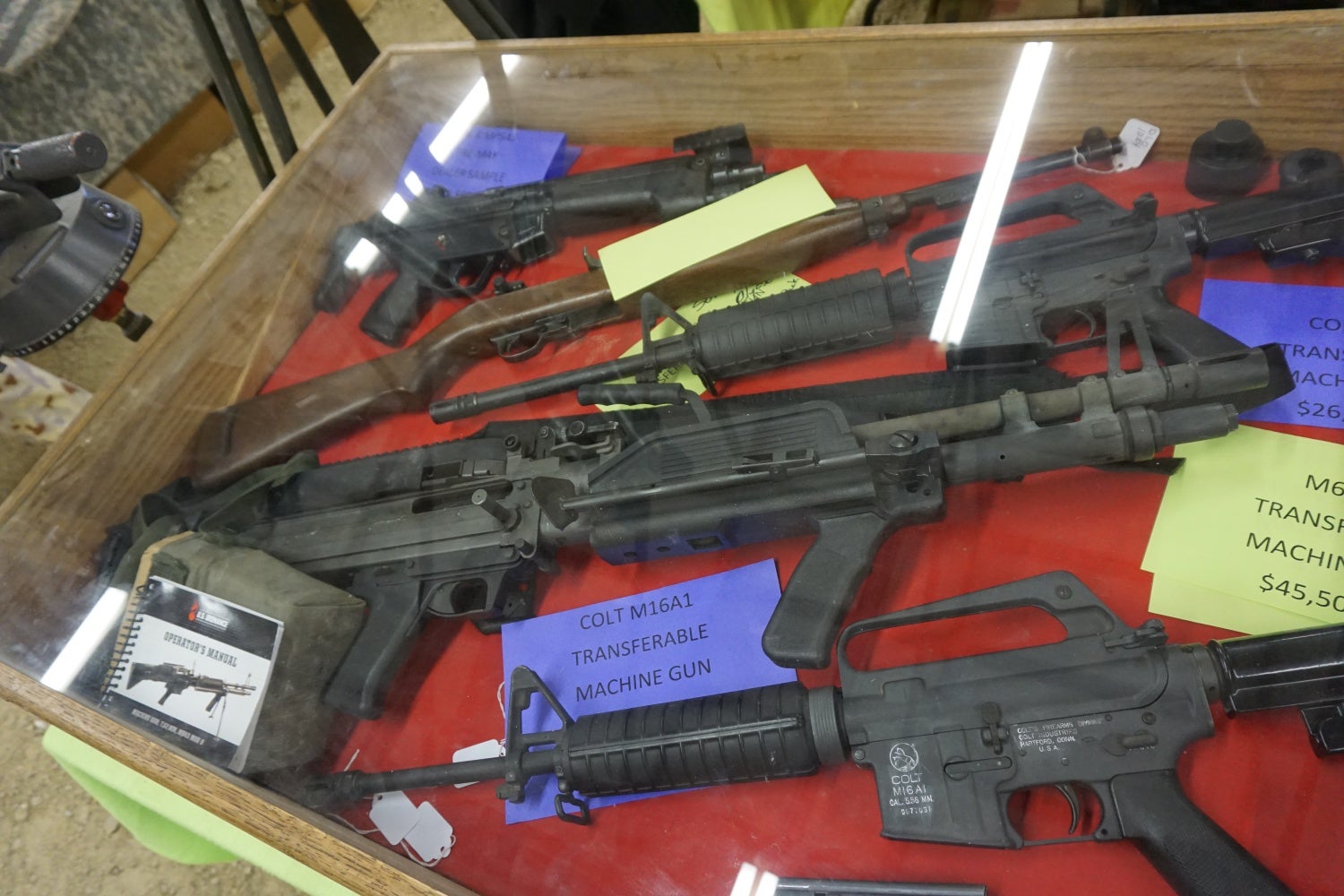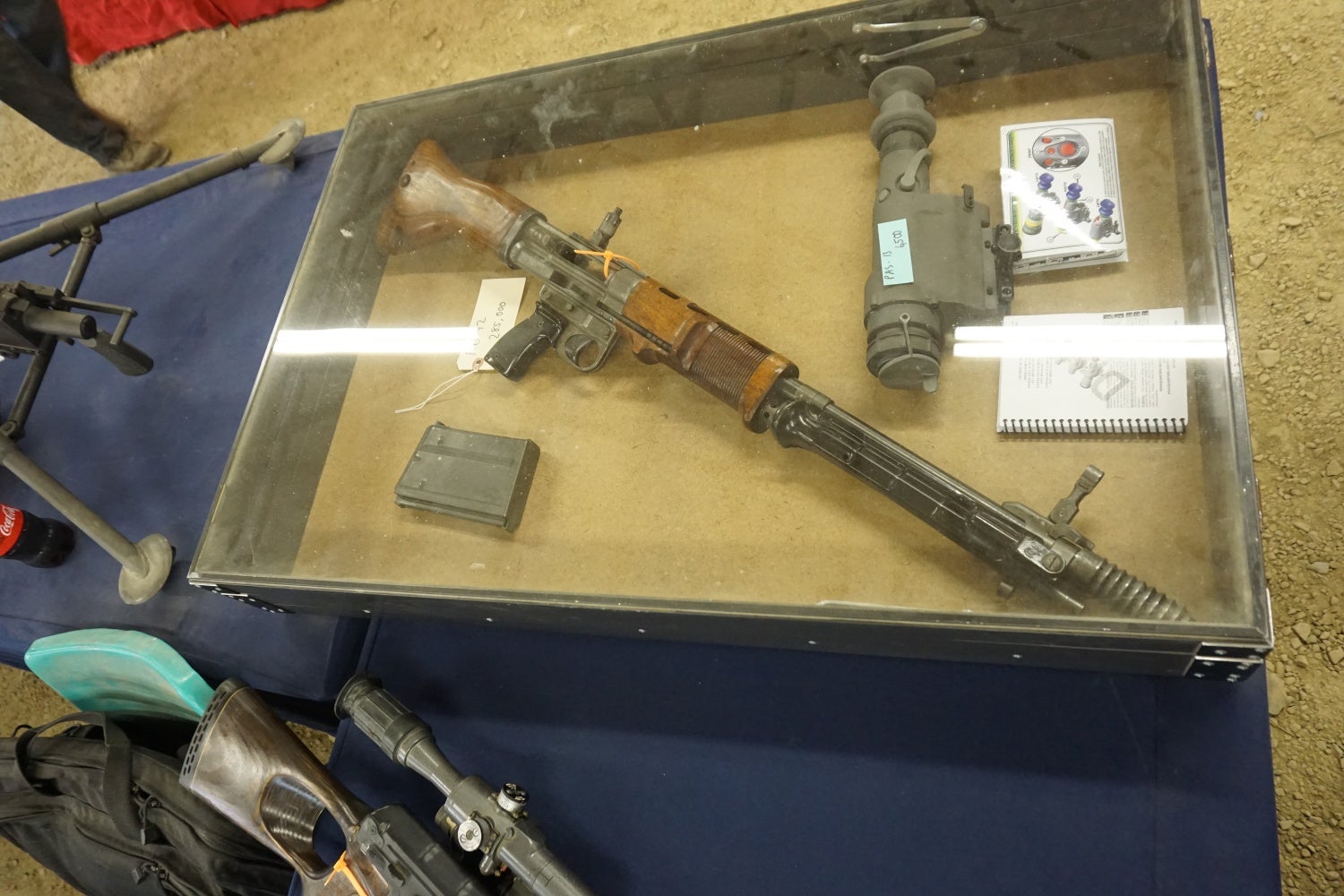If you are wondering why this FG42 probably costs more than most houses, then please, step into the club of the bizarre world of civilian legal machine gun costs and trade. I’m often asked by people who have no knowledge of firearms, even by many in our community why the price of these machine guns are so exorbitantly high.
Essentially, what it really boils down to, is the concept of supply and demand. The reason for this supply and demand is directly related to the legal ramifications regarding machine guns that we all know so well with the National Firearms Act and the BATFE that enforces those regulations. But first a small timeline, and some terms.
1934 National Firearms Act- This bit of legislation was signed into law after Prohibition and the Roaring Twenties were a thing of the past and the US was in an economic depression. Essentially the purpose of it was to register all civilian machine guns (which were treated the exact same as any other firearm) with the ATF, and to pay a $200 tax stamp. The price tag back then would have made it unaffordable to all but the most prosperous. Adjusted with inflation, that is over $3000 in todays money. The idea was to essentially make it financially unfeasible, and thus it would deter the gangsters that used them.
1968 Gun Control Act- This bit of legislation stopped the importation of any machine gun into the United States. Thus, you could register a new machine gun through building one or putting together a parts kit, but a company couldn’t import a new machine gun from overseas. So essentially the only complete and original machine guns that you could buy were the ones in the United States at the time of the legislation. This is why parts kits and deactivated machine guns became so enormously popular because you could import a parts kit, fit a new receiver to it and register it as a live machine gun.
1986 Firearm Owners Protection Act- The final nail in the coffin with machine guns came on May 19th, wherein it was declared that no new machine guns could be registered at all by civilians. Class III dealers on the other hand, are a different story. Dealers could always import machine guns between 1968 and 1986 (called a Pre-Sample), but anything imported or made after 1986 is a Post-Sample.
And from our own Alex C, a good list of definitions of what legal machine guns are–
- Transferable: Guns registered prior to May 19th, 1986 that are able to be owned by everyone. There are only 182,619 transferable machine guns according to the ATF.
- Pre-Samples: Machine guns imported after 1968 but before May 19th, 1986. The 1968 GCA established that machine guns with no sporting purposes could not be sold to civilians. Dealers can however buy them and keep them after they give up their licenses. As a general rule, pre-samples cost about half that of a transferable.
- Post-Samples: Machine guns made after the May 19th, 1986 cutoff date. These are only for dealers, manufacturers, military, and police. A manufacturer who pays $500 a year is permitted by the federal government to manufacture these. A dealer (who is not a manufacturer) may acquire these if a police agency provides a “demo letter”. A demo letter is simply a letter from a PD asking you to acquire a sample gun for them to test and evaluate for potential purchase. Unfortunately dealers must sell or destroy post samples when they give up their license.
So now, we come to supply and demand. The supply is all the Transferable machine guns and dewats that were registered in 1986, of which there were around 182,000. Now, that doesn’t mean there are only 182,000 civilian legal machine guns in the United States, as this isn’t counting all the Pre-Sample and Post-Samples. Indeed, the Post-Sample numbers will continually fluctuate up and down as new machine guns are imported into the United States for demo purposes, military programs, and LE purchases.
However, lets go back to that 182,000 number. This number, by definition, can never get any higher than it is right now. In fact, it can only go lower. Why? Because machine guns are essentially mechanical objects that will eventually wear down, break, or suffer catastrophic malfunctions. Over time, shooting, flooding, mismanagement, whatever else you want to throw in there will take their toll and this number will get smaller and smaller as the years go by. I’m no economics minded person but as supply goes down, demand rises, and with it so does the price. Thus, this is why you have a $285,000 FG42, or a $45,500 M60.
 Your Privacy Choices
Your Privacy Choices


